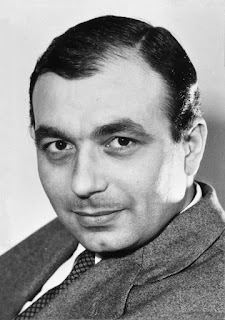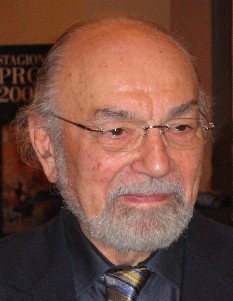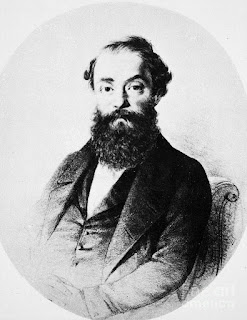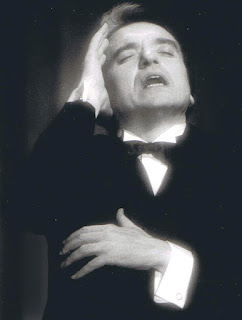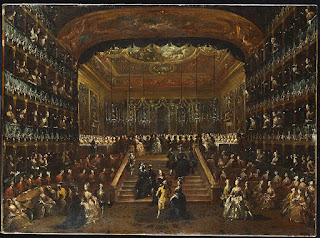Tempestuous life of a talented male soprano
 |
| Caffarelli was taught to sing by the renowned composer and tutor Nicola Porpora |
Caffarelli had a reputation for being temperamental and for fighting duels with little provocation, but he was popular with audiences and was able to amass a large fortune for himself.
One theory is that his stage name, Caffarelli, was taken from his teacher, Caffaro, who gave him music lessons when he was a child, but another theory is that he took the name from a patron, Domenico Caffaro.
When Maiorano was ten years old he was given the income from two vineyards owned by his grandmother to enable him to study music. The legal document drawn up mentioned that the young boy wished to be castrated and become a eunuch.
Maiorano became a pupil of Nicola Porpora, the composer and singing teacher, who is reputed to have kept him working from one sheet of exercises for years before telling him there was no more he could be taught because he was the greatest singer in Europe.
In 1726 Maiorano made his debut in Rome, aged 15, under the stage name Caffarellino. He sang the third female role in Domenico Sarro’s Valdemoro.
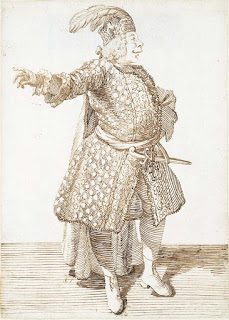 |
| A drawing of Caffarelli by the caricaturist Pier Leone Ghezzi |
In London, at the King’s Theatre, he performed the title role in Handel’s Serse, singing the famous aria ‘Ombra mai fu.’
He went on to work in Madrid, Vienna and Lisbon, but his career in France was cut short after he badly wounded a poet during a duel and had to leave the country in disgrace.
Caffarelli took up a post at the royal chapel in Naples and often performed at the Teatro San Carlo in the city. As a first-rate castrato he was able to command large fees and he bought himself impressive estates in Naples and Calabria.
He was unpredictable on stage and sometimes conversed with people in boxes during other performer’s solos. He was sometimes kept under house arrest or put in prison after fighting duels or assaulting someone.
Caffarelli was a mezzo soprano with an extensive range and considered to be one of the finest singers of his time. Unlike his rival, Farinelli, who ended his career at 32, Caffarelli carried on performing well into his fifties.
In later life he is said to have given generously to charity. Caffarelli died in Naples in 1783.
 |
| The Piazza Cattedrale in Bitonto |
Bitonto, in Apulia, where Caffarelli was born, is known as the ‘City of Olives’ due to its numerous olive groves, which produce extra virgin olive oil for export to Europe and America. The city lies approximately 11km (7 miles) to the west of Bari and has a medieval castle and a Romanesque Cathedral, the Cattedrale di San Valentino.
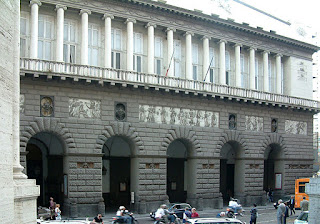 |
| Teatro San Carlo in Naples |
Teatro San Carlo in Naples, where Caffarelli regularly performed, is thought to be the oldest opera house in the world. It was officially opened in 1737, way ahead of La Scala in Milan and La Fenice in Venice. The theatre is in Via San Carlo close to Piazza Plebiscito, the main square in Naples. It was designed by Giovanni Antonio Medrano for the Bourbon King of Naples, Charles I. In the magnificent auditorium the royal box is surmounted by the crown of the Kingdom of the Two Sicilies.
More reading:
How Farinelli became music's first superstar
Nicola Porpora - opera composer and brilliant teacher
Why Francesca Cuzzoni is remembered as opera's first diva
Also on this day:
1948: The birth of World Cup-winning soccer manager Marcello Lippi
1950: The birth of entrepreneur Flavio Briatore
Home
